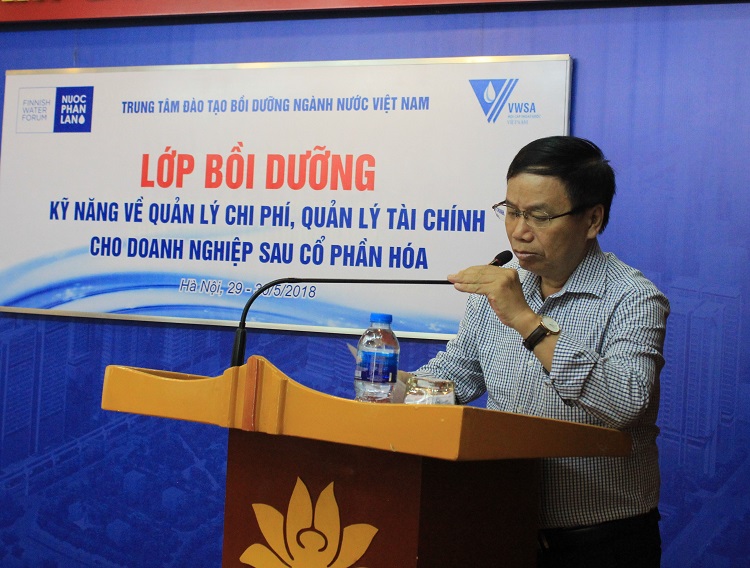Vietnam is rapidly urbanizing and Hanoi is becoming a megacity. The current population of Greater Hanoi, 6.6 million, is expected to increase by almost 50% until 2030.
Challenges faced by the city in terms of, e.g., water and wastewater management, food and energy supply, as well as social infrastructure, are typical for developing countries. The Master Plan of Hanoi City to 2030, with a vision to 2050, has just been completed (2011).
It is therefore the right time to conduct a study on sustainable development solutions for the city, so as to propose efficient preparation of detailed sector development plans. In the present study, sustance flow analysis of the crucial plant nutrient of phosphorus, and of organic "waste" (measured as COD), is employed to analyze the outcome of different scenario assumptions concerning, e.g., population increase and development of new sattelite cities, changes in food habits, and different technologies for management of organic waste products.
Futhermore, the database with associated flow calculations, supplemented with a user interface, is intended as a decision support tool. This project has scanned what options there may be for a suitable Hanoi and the outcomes can be fed into the decision making process for the city development at various levels.
https://drive.google.com/open?id=0BwmeBkUUCv4zVnZTR2NrcE5kSHM
Viet Anh Nguyen, Jan - Oldof Drangert, Manh Khai Nguyen, Thi Ha Nguyen, Hans Bertil Wittgre and Celeste Zimmermann
Challenges faced by the city in terms of, e.g., water and wastewater management, food and energy supply, as well as social infrastructure, are typical for developing countries. The Master Plan of Hanoi City to 2030, with a vision to 2050, has just been completed (2011).
It is therefore the right time to conduct a study on sustainable development solutions for the city, so as to propose efficient preparation of detailed sector development plans. In the present study, sustance flow analysis of the crucial plant nutrient of phosphorus, and of organic "waste" (measured as COD), is employed to analyze the outcome of different scenario assumptions concerning, e.g., population increase and development of new sattelite cities, changes in food habits, and different technologies for management of organic waste products.
Futhermore, the database with associated flow calculations, supplemented with a user interface, is intended as a decision support tool. This project has scanned what options there may be for a suitable Hanoi and the outcomes can be fed into the decision making process for the city development at various levels.
https://drive.google.com/open?id=0BwmeBkUUCv4zVnZTR2NrcE5kSHM
Viet Anh Nguyen, Jan - Oldof Drangert, Manh Khai Nguyen, Thi Ha Nguyen, Hans Bertil Wittgre and Celeste Zimmermann

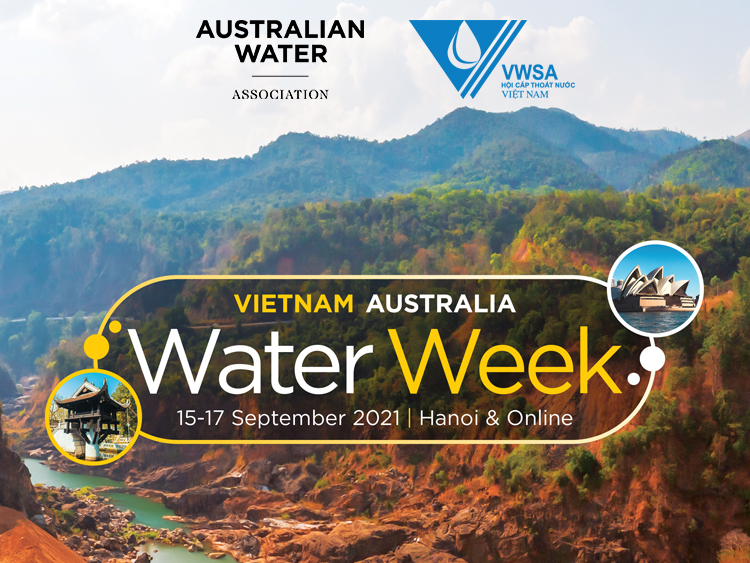
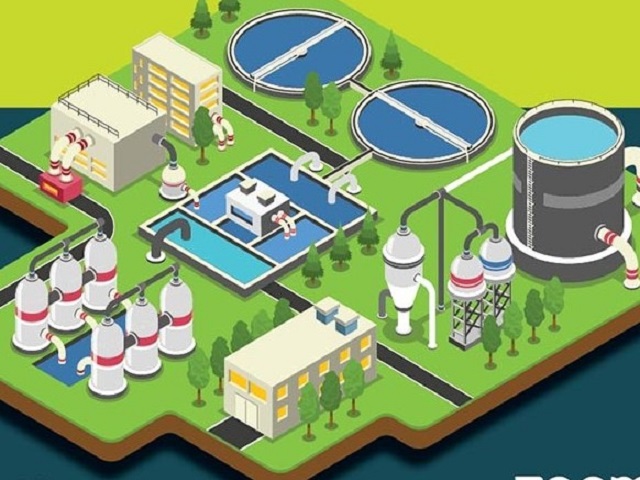
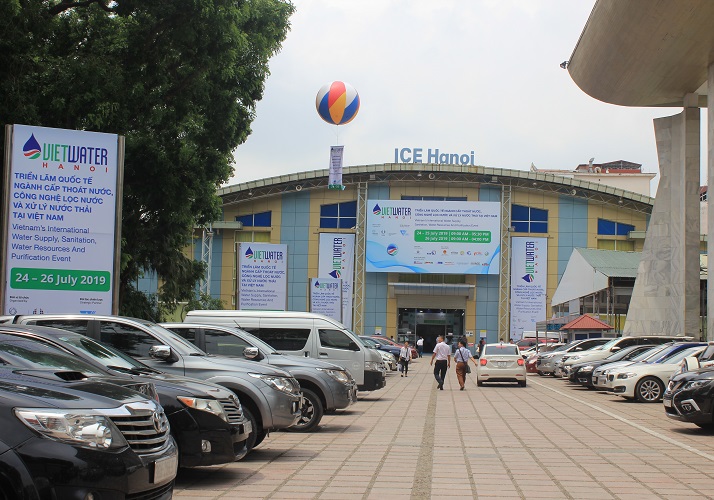


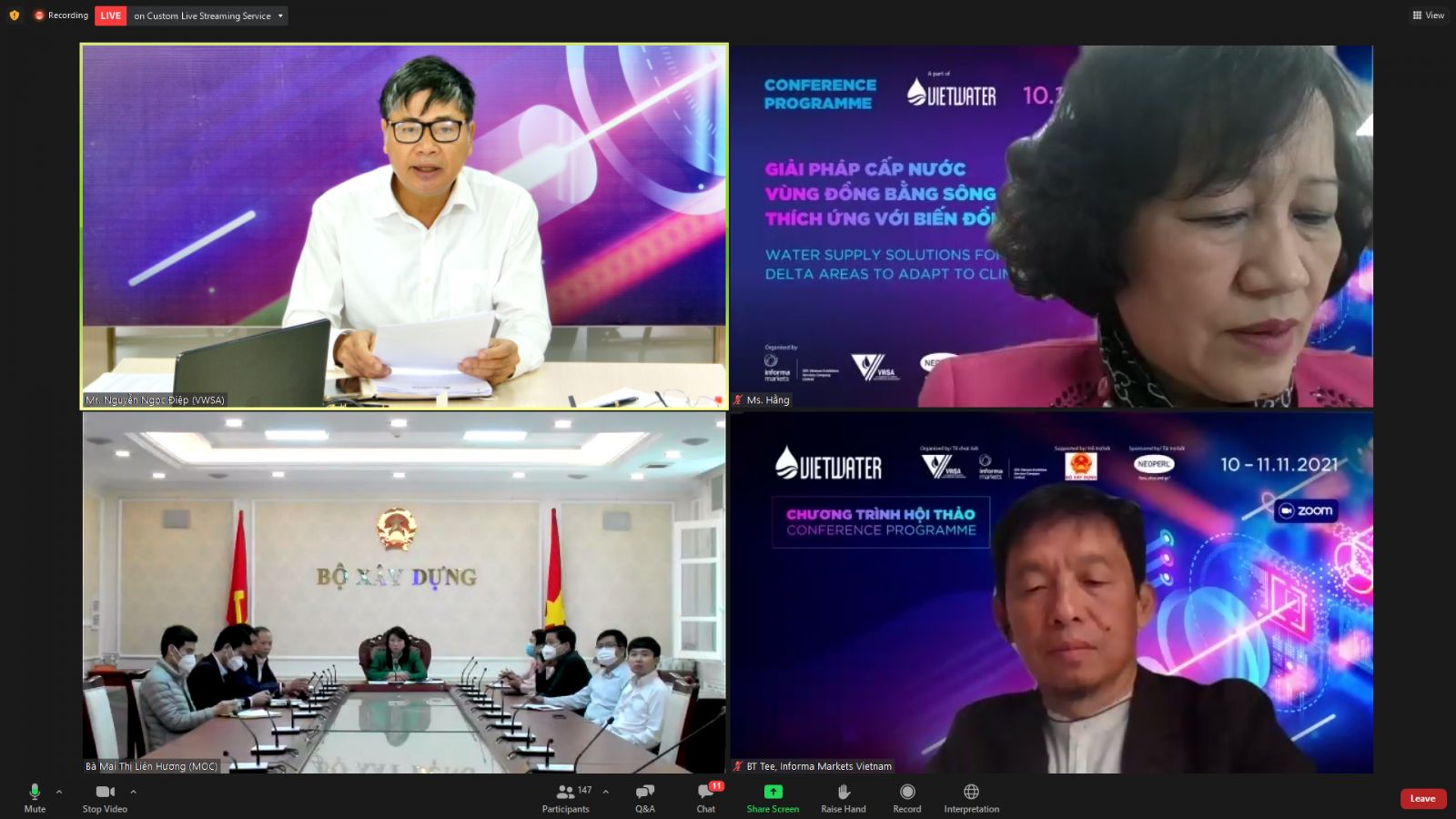
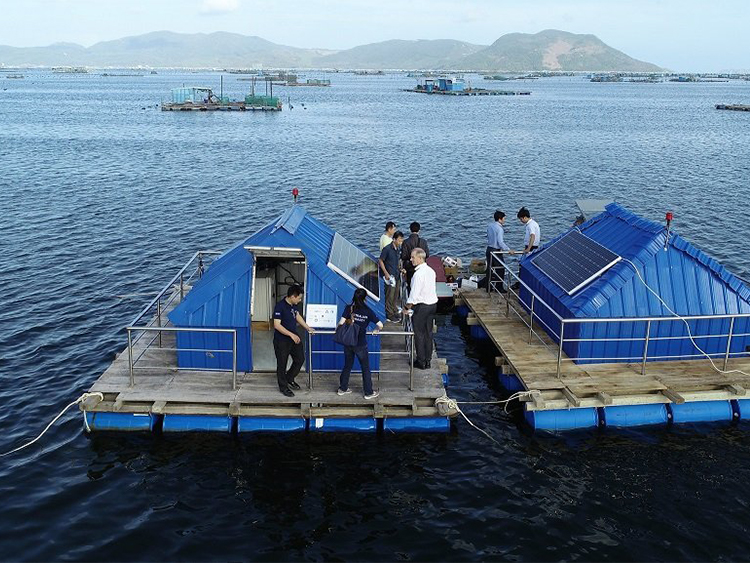

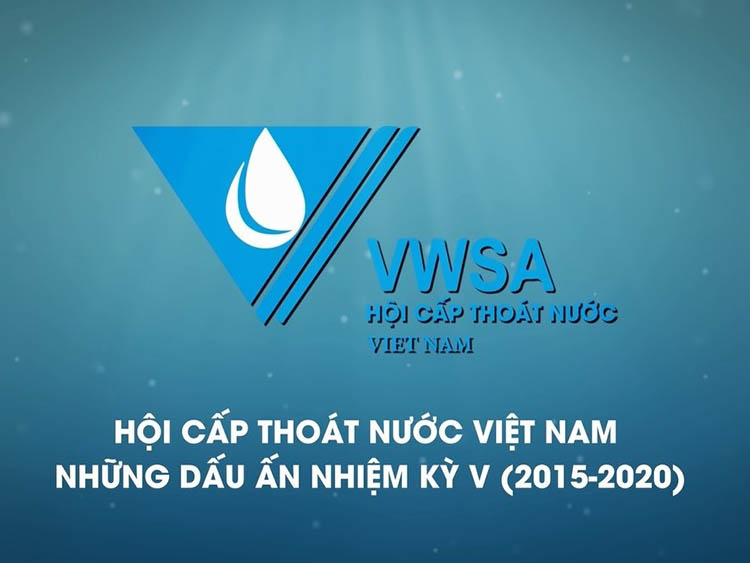
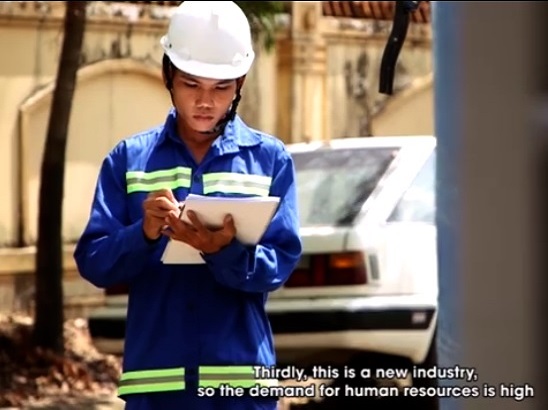
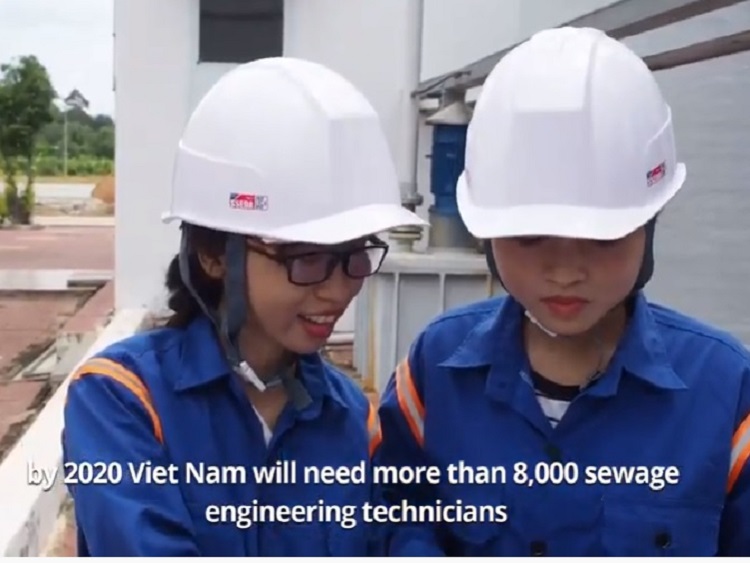

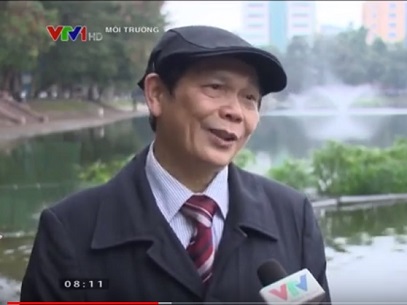
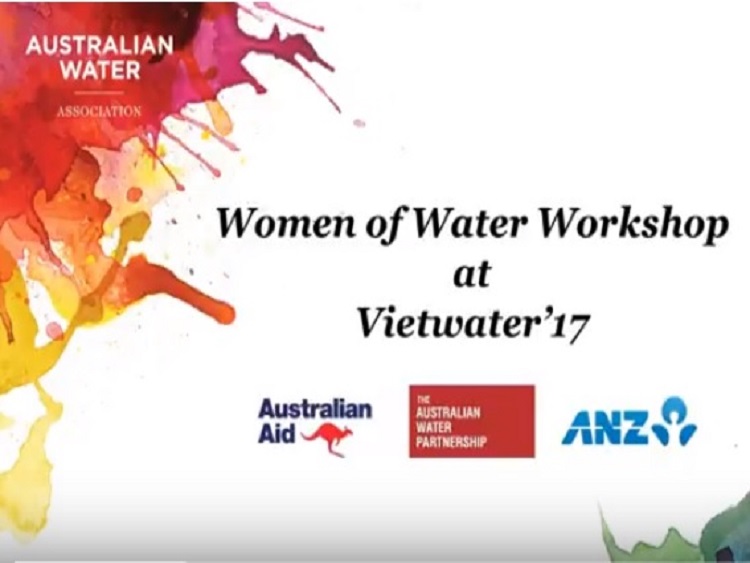
.jpg)
.jpg)
.JPG)
